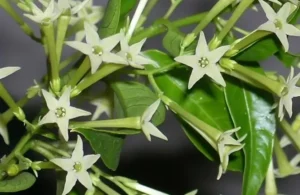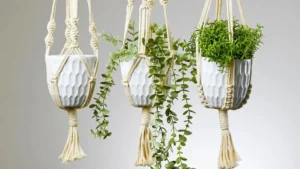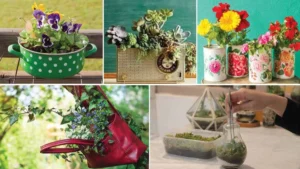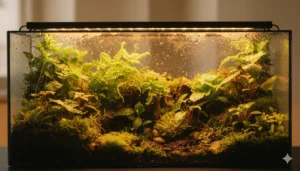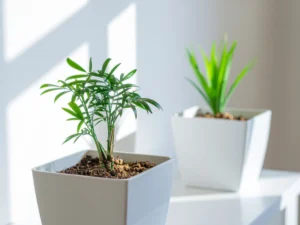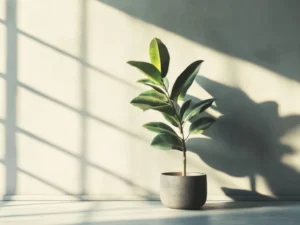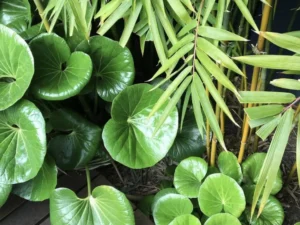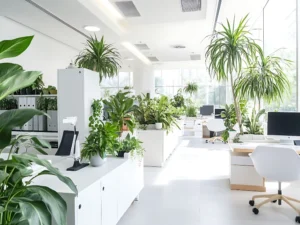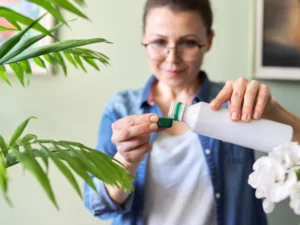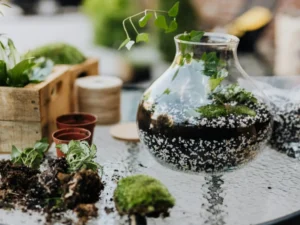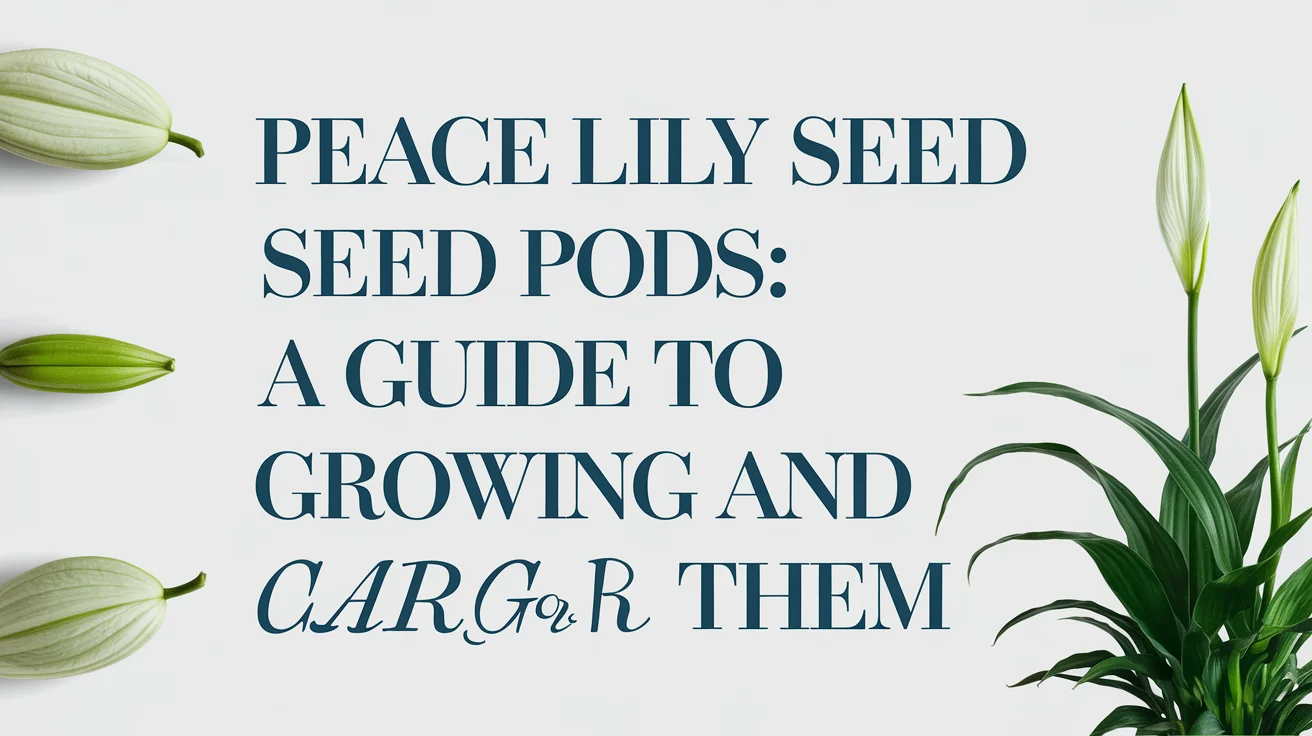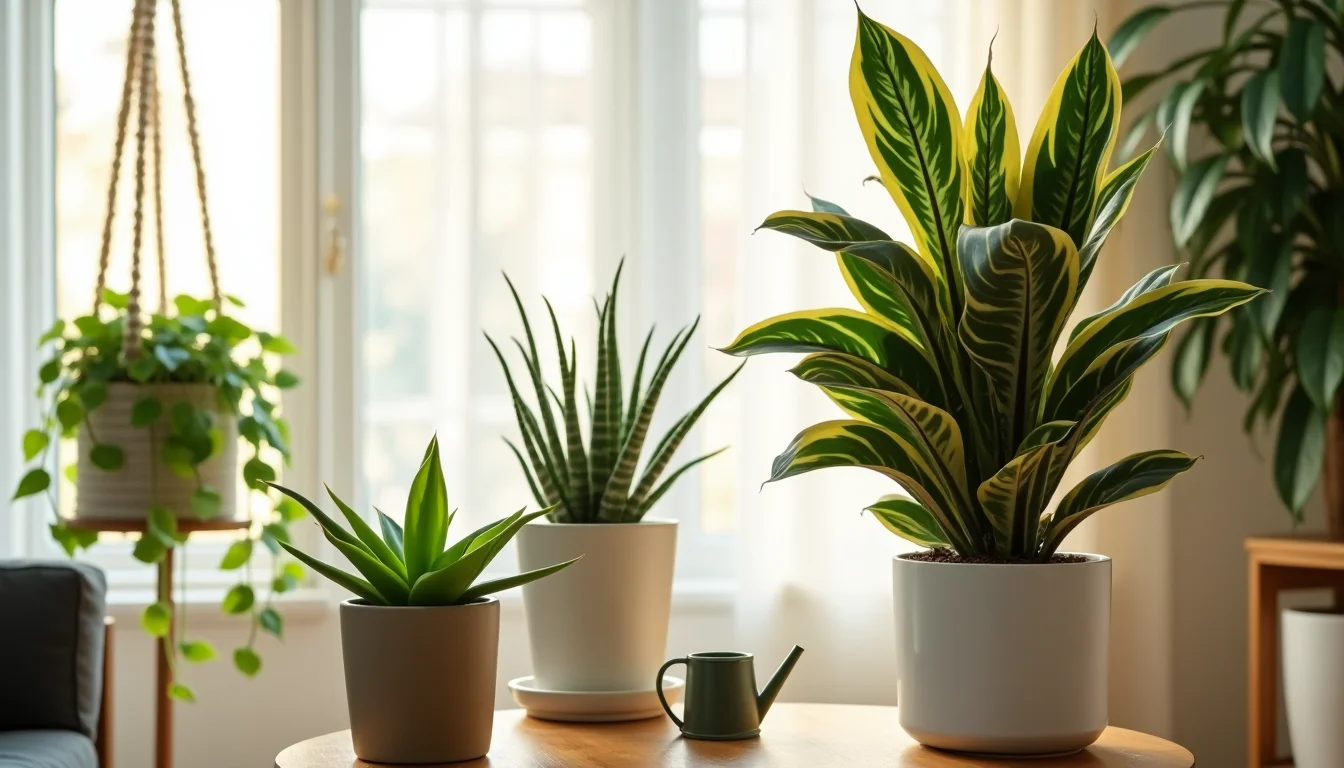Planting flowers in pots is one of the most versatile and rewarding ways to add color, texture, and fragrance to any space. Whether you have a sprawling garden, a small balcony, or just a sunny windowsill, potted flowers can transform ordinary areas into vibrant displays of nature. Because pots are portable, you can arrange them to suit the season, your mood, or even special occasions.
In this guide, we’ll cover everything you need to know about planting flowers in pots from choosing containers and soil to arranging designs and maintaining blooms. With the right techniques, your container garden will thrive beautifully throughout the year.
Why Choose Pots for Planting Flowers?

Planting in pots provides both convenience and creativity. Unlike traditional garden beds, pots allow flexibility in design and placement. For example, you can move pots to catch the best sunlight, protect them from harsh weather, or group them to create stunning focal points.
Additionally, pots are excellent for gardeners with limited space. Urban dwellers, apartment residents, or those with small yards can enjoy lush flowers without needing a full garden plot.
Choosing the Right Pots for Your Flowers
Size Matters
The first step is selecting containers of appropriate size. Larger pots hold more soil, which retains moisture longer and allows roots to spread. On the other hand, smaller pots may dry out quickly and require frequent watering.
Materials of Containers
-
Clay or Terracotta Pots: Classic and breathable, but they dry out faster.
-
Plastic Pots: Lightweight and affordable, with better water retention.
-
Ceramic or Decorative Pots: Stylish but heavier and sometimes lacking drainage.
-
Metal Containers: Modern-looking but may heat up too quickly in full sun.
Drainage Is Essential
Always ensure your pot has drainage holes. Without them, water accumulates at the bottom, causing root rot. If you fall in love with a pot that lacks drainage, consider drilling holes or using it as a decorative cover for a plain, functional pot.
Selecting the Best Soil for Container Flowers

Garden soil is often too dense for potted plants. Instead, use high-quality potting mix designed for containers. Potting mixes are lightweight, well-draining, and often enriched with nutrients to encourage growth.
For long-lasting results, blend potting mix with compost for extra fertility. Adding perlite or vermiculite can also improve aeration and drainage.
Choosing Flowers for Pots
The joy of planting flowers in pots lies in the endless variety of blooms you can experiment with. Select flowers based on your climate, available light, and the look you want to achieve.
Best Annuals for Pots
-
Petunias – Bright and colorful with a long flowering season.
-
Geraniums – Hardy and versatile with vibrant hues.
-
Marigolds – Easy to grow, pest-repellent, and cheerful.
Best Perennials for Pots
-
Lavender – Fragrant and attractive to pollinators.
-
Hostas – Excellent for shady spots.
-
Roses (miniature varieties) – Perfect for decorative containers.
Mixing Flowers in Pots
For visually appealing arrangements, follow the “thriller, filler, spiller” rule:
-
Thriller: A tall focal plant (like snapdragons).
-
Filler: Mid-sized, bushy plants (like impatiens).
-
Spiller: Trailing plants that cascade over edges (like ivy or lobelia).
Step-by-Step Guide to Planting Flowers in Pots
-
Prepare the Pot – Add a layer of small stones or broken pottery pieces at the bottom to improve drainage.
-
Fill with Soil – Use nutrient-rich potting mix up to a few inches from the rim.
-
Arrange Plants – Position taller plants at the center or back, fillers around them, and trailing plants at the edges.
-
Plant Gently – Dig holes just deep enough for roots, then cover with soil.
-
Water Thoroughly – Water until excess drains out of the bottom holes.
Caring for Your Potted Flowers
Watering Tips
Potted flowers dry out faster than ground plants. Check soil moisture daily, especially in summer. Water deeply until it drains out, ensuring roots receive adequate hydration.
Fertilizing Routine
Nutrients in potting soil get depleted over time. Use liquid fertilizer every two weeks during the growing season. Choose a balanced fertilizer or one tailored to flowering plants for brighter blooms.
Sunlight Needs
Place pots where they receive appropriate light. While sun-loving flowers thrive in 6–8 hours of sun, shade-tolerant varieties prefer dappled or indirect light.
Seasonal Planting Ideas
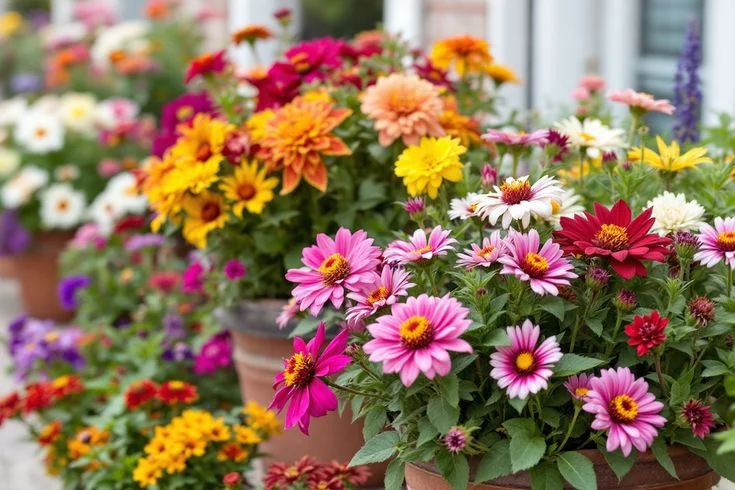
Spring
Tulips, daffodils, and pansies add cheerful bursts of color.
Summer
Zinnias, sunflowers, and petunias bloom vibrantly in warm weather.
Autumn
Chrysanthemums and ornamental kale thrive as temperatures cool.
Winter
Hardy options like cyclamens or evergreen shrubs can brighten up cold months.
Design Inspiration for Container Gardens
Transitioning from basics to creativity, let’s explore design tips. Group pots of varying heights for depth, or mix bold colors with neutral foliage for balance. Hanging baskets and vertical planters also add dimension.
By combining textures such as spiky ornamental grasses with soft petunias you create dynamic arrangements that catch the eye.
Common Mistakes to Avoid
-
Overwatering or underwatering your plants.
-
Using garden soil instead of potting mix.
-
Choosing pots without drainage holes.Crowding too many flowers into a single pot.
FAQs
How often should I water flowers in pots?
Most potted flowers need watering once a day in hot weather. In cooler months, every 2–3 days may be sufficient. Always check soil moisture before watering.
Can I plant vegetables and flowers together in pots?
Yes! Many vegetables, such as cherry tomatoes, pair beautifully with marigolds or nasturtiums, creating both beauty and functionality.
Do flowers in pots need fertilizer?
Absolutely. Fertilizer replenishes nutrients that plants quickly use up in limited soil space.
What are the easiest flowers to grow in pots?
Begonias, geraniums, and petunias are among the easiest and most rewarding options for beginners.
Conclusion
Planting flowers in pots is more than a gardening task it’s an art form that blends nature with creativity. Moreover, from choosing the right containers and soil to selecting seasonal flowers and arranging them in striking designs, every step contributes to a flourishing container garden.
Furthermore, by applying the right care techniques, avoiding common mistakes, and experimenting with design, you can enjoy year-round beauty in even the smallest of spaces. For example, grouping colorful blooms together creates instant impact; similarly, adding trailing plants enhances visual depth. As a result, your garden becomes not only beautiful but practical.
In fact, just as flowers thrive with the right soil and space, indoor plants also benefit from proper care. For instance, learning about repotting aloe vera plants can help you understand how refreshing soil and providing room for roots supports healthier growth an approach you can apply to container gardening too.
Therefore, grab your favorite pots, some rich soil, and vibrant flowers, and start planting today. Finally, your container garden will not only brighten your surroundings but also bring joy, relaxation, and, above all, a true sense of accomplishment.


